Proper care and maintenance of your Canon lenses play a significant role in achieving the best performance from your camera equipment. A lens is an intricate piece of technology featuring multiple glass elements and delicate components. By following best practices for cleaning and storage, you can prolong the life of your lenses and ensure consistently high-quality images. This guide covers the essential steps to care for and maintain your Canon lenses so they remain in peak condition.
Understanding the Structure of Your Canon Lenses
Components of a Lens
Before diving into maintenance practices, it’s important to understand the basic components of a lens. A typical Canon lens includes the front and rear lens elements, the barrel, the focus and zoom rings, and the aperture mechanism. Each of these components is sensitive and requires specific care. The front and rear lens elements are particularly vulnerable to scratches and dust, which can negatively impact image quality. Familiarizing yourself with the lens’s anatomy will help you identify which parts require more attention during maintenance.
Importance of Regular Maintenance
Regular maintenance not only helps extend the lifespan of your lens but also ensures optimal performance. Dust, dirt, and smudges can accumulate on the lens elements, affecting the clarity and sharpness of your images. Even small imperfections can lead to virtual flare or distortion. By establishing a routine for care, you protect your investment and preserve the quality of your photographs.
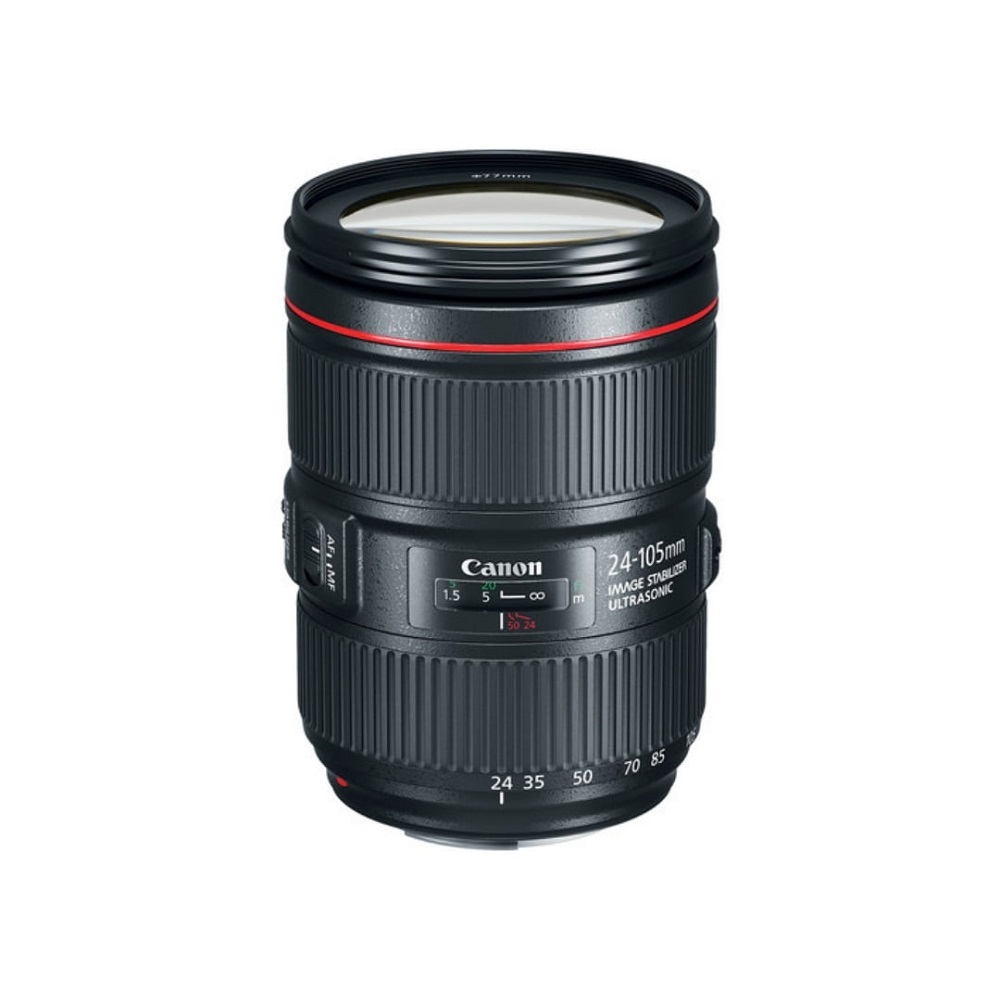
Basic Cleaning Techniques
Gathering the Right Tools
When cleaning your Canon lenses, having the right tools is essential. Start with a microfiber cloth, which is gentle and won’t scratch the lens surface. Additionally, consider investing in a lens cleaning solution specifically designed for optical use. You’ll also need a lens blower or soft brush to remove debris without scratching the glass. Avoid using paper towels or regular cloths, as they can leave lint and potentially scratch your lens.
Removing Dust and Debris
Begin cleaning by using a lens blower to remove any visible dust particles from the lens surface. Hold the lens upside down to let gravity assist in dislodging loose debris. Avoid blowing directly onto the lens with your mouth, as saliva can leave residue. If stubborn particles remain, use a soft-bristled brush to gently sweep them away. This step minimizes the risk of scratching the lens during the cleaning process.
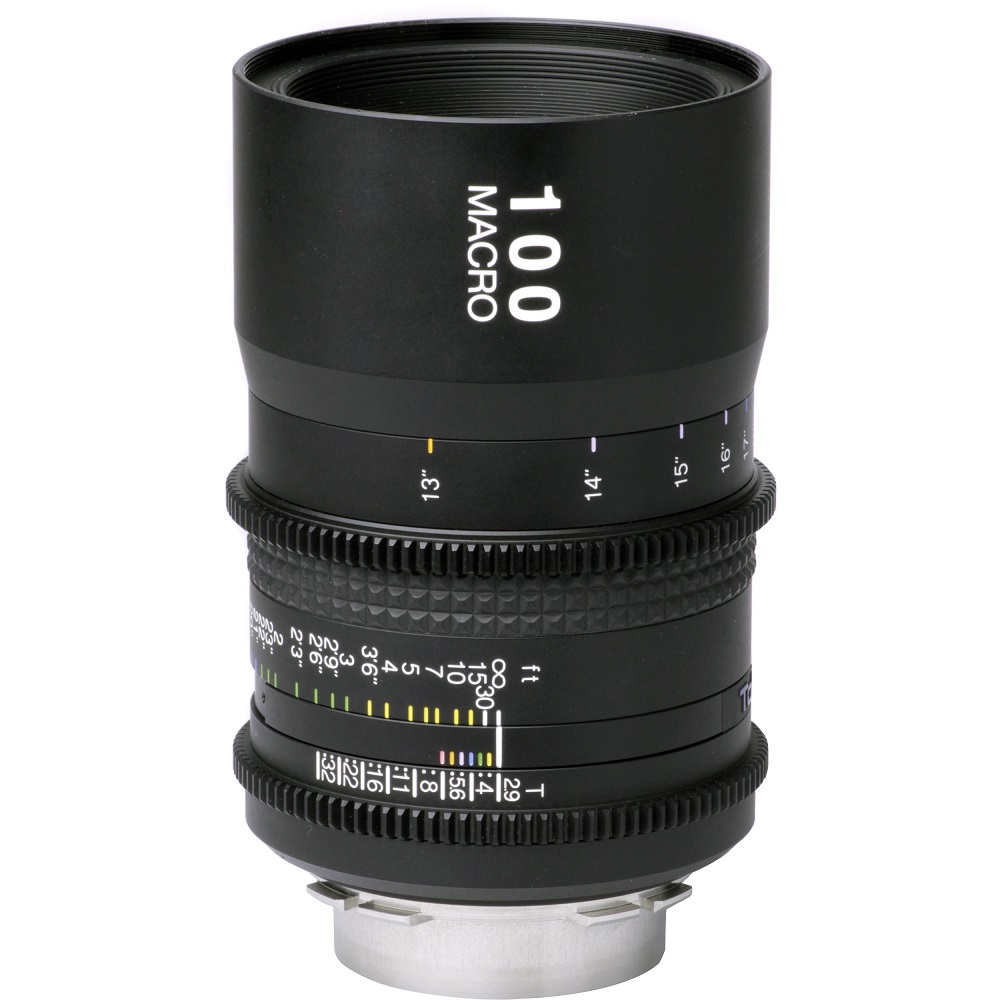
Cleaning the Lens Elements
Wiping the Lens Elements
Once you’ve removed dust and debris, it’s time to clean the lens elements themselves. Lightly spray a small amount of lens cleaning solution onto a microfiber cloth. Never spray the solution directly onto the lens, as moisture could seep into the inner components. Gently wipe the lens in a circular motion, starting from the center and moving outward. This technique helps avoid streaks and ensures an even clean. Use a fresh part of the cloth if necessary to remove any remaining smudges.
Addressing Stubborn Smudges
For more stubborn marks, you might need to apply a bit more pressure, but be careful not to overdo it. If smudges persist, you may need to repeat the cleaning process. Ensure the cloth remains clean to avoid inadvertently adding more dirt to the lens. For lenses that frequently accumulate oil marks from fingerprints, consider using a screen cleaner specifically designed for optical surfaces. These special cleaners can help break down grease without damaging the lens coating.
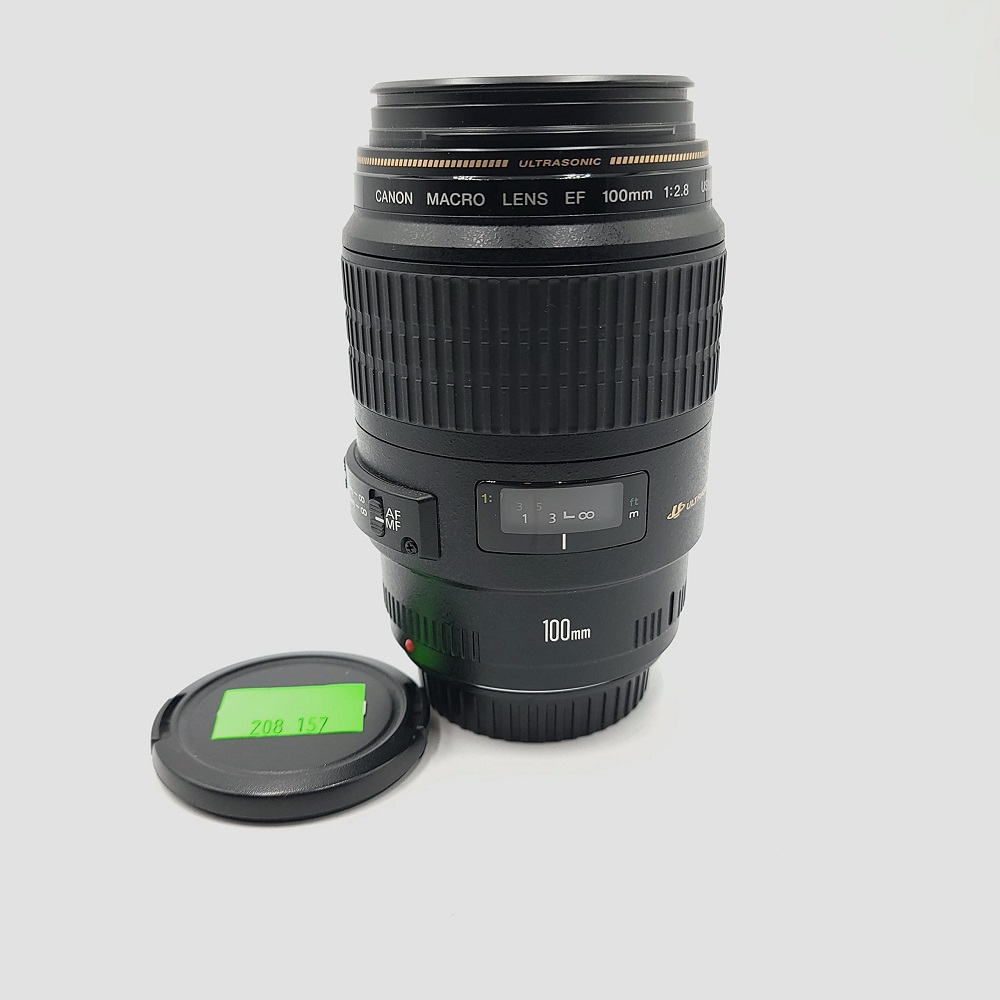
Taking Care of the Interior
Avoiding Internal Dust Ingress
While the interior of your lens typically doesn’t require regular cleaning, it’s vital to minimize dust ingress. Avoid changing lenses in dusty or humid environments, as this can facilitate dust particles settling inside the lens. If you must change lenses, do so quickly and keep the lens caps firmly in place until ready for use. When you’re not using the lens, ensure that both the front and rear caps are securely attached.
Professional Cleaning Services
If you observe significant dust or debris within the lens, resist the urge to open it yourself. Lenses are complex devices that should be handled by professionals. Sending your lens to an authorized Canon service center ensures that any internal cleaning is done safely and effectively. Additionally, professionals have the right tools and expertise to prevent any further damage that might occur from amateur attempts at cleaning.
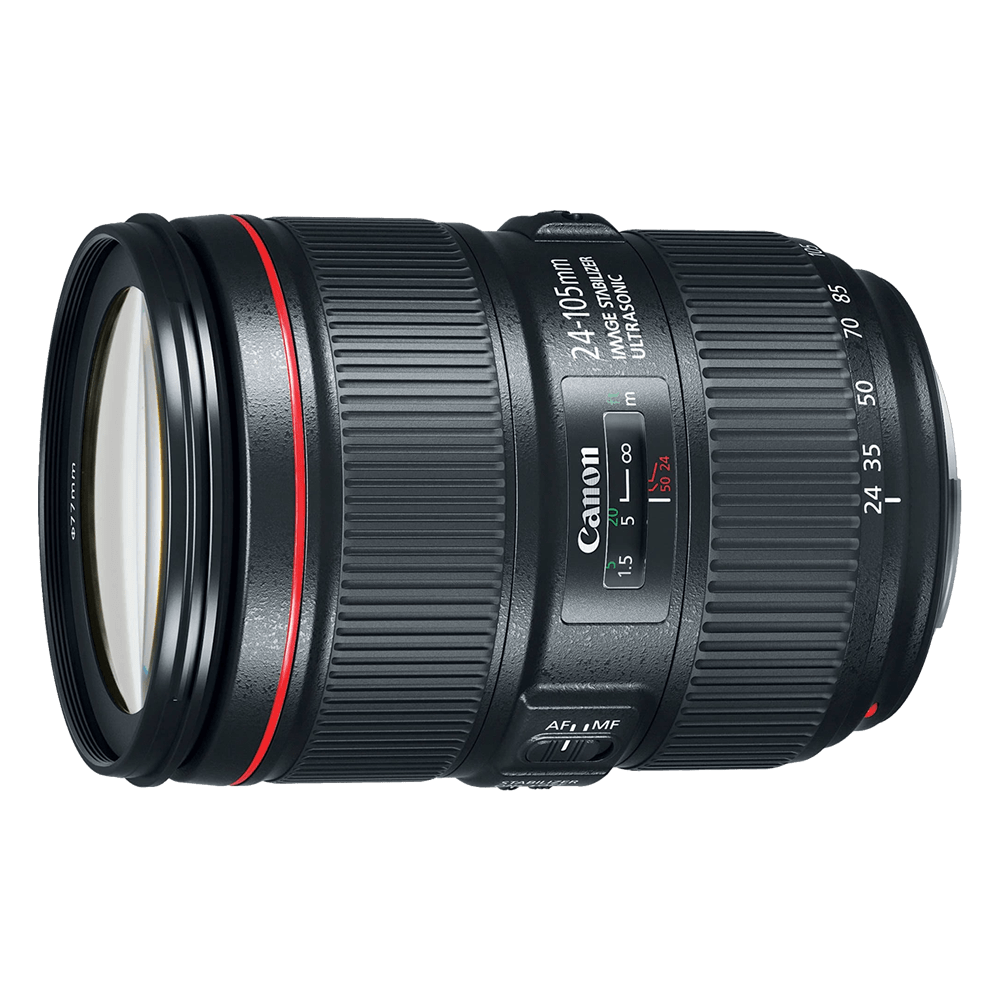
Storing Your Lenses Properly
Using a Dedicated Case
Proper storage is key to keeping your Canon lenses in excellent condition. Invest in a padded camera case or lens bag specifically designed for protecting your equipment. These cases provide protection from impacts, moisture, and dust. Store lenses with the caps on and secure them to prevent movement during transport. Avoid stacking items on top of your lens case, as this pressure could cause damage or misalignment.
Controlling Humidity
Humidity can be detrimental to your lenses, potentially leading to mold or fungus growth inside the lens elements. Store your lenses in a cool, dry place. If you live in a humid environment, consider using a desiccant or a dehumidifier in your storage area. Alternatively, camera storage boxes with climate control features can help maintain optimal conditions for your lenses. Regularly check your storage space and equipment for any signs of moisture or mold.
Protecting Your Lens During Use
Utilizing Lens Hoods
Using a lens hood is an effective way to protect your lens while shooting. It helps to prevent lens flare in bright lighting and shields the front element from bumps and scratches. A lens hood also can reduce the amount of light entering the lens at extreme angles, creating clearer images with better contrast. Invest in a lens hood specific to your Canon lens model to ensure a proper fit.
Using Filters for Protection
Consider attaching a UV or clear filter to the front of your lens. These filters act as a protective shield, absorbing impacts, and preventing scratches from reaching the lens element. While some photographers debate the necessity of filters, many agree that they provide an extra layer of security during outdoor shooting. Filters can be easily replaced if they become damaged, saving your lens from costly repairs.
Regularly Checking Your Equipment
Evaluation and Inspection
Make it a habit to regularly evaluate your lens for any signs of wear or damage. Prior to a shooting session, inspect the lens surface for scratches or smudges and test the focus and zoom rings for smooth operation. Examine the lens caps and any filters you may be using, ensuring they remain in good condition and free of cracks.
Addressing Issues Promptly
If you notice any issues during your inspections, address them quickly. For example, if the focus is sluggish, or you feel resistance when turning the zoom ring, it may be worth consulting with a professional for deeper examinations. Prompt attention to such problems will prevent further damage and ensure your lenses remain functional for years to come.
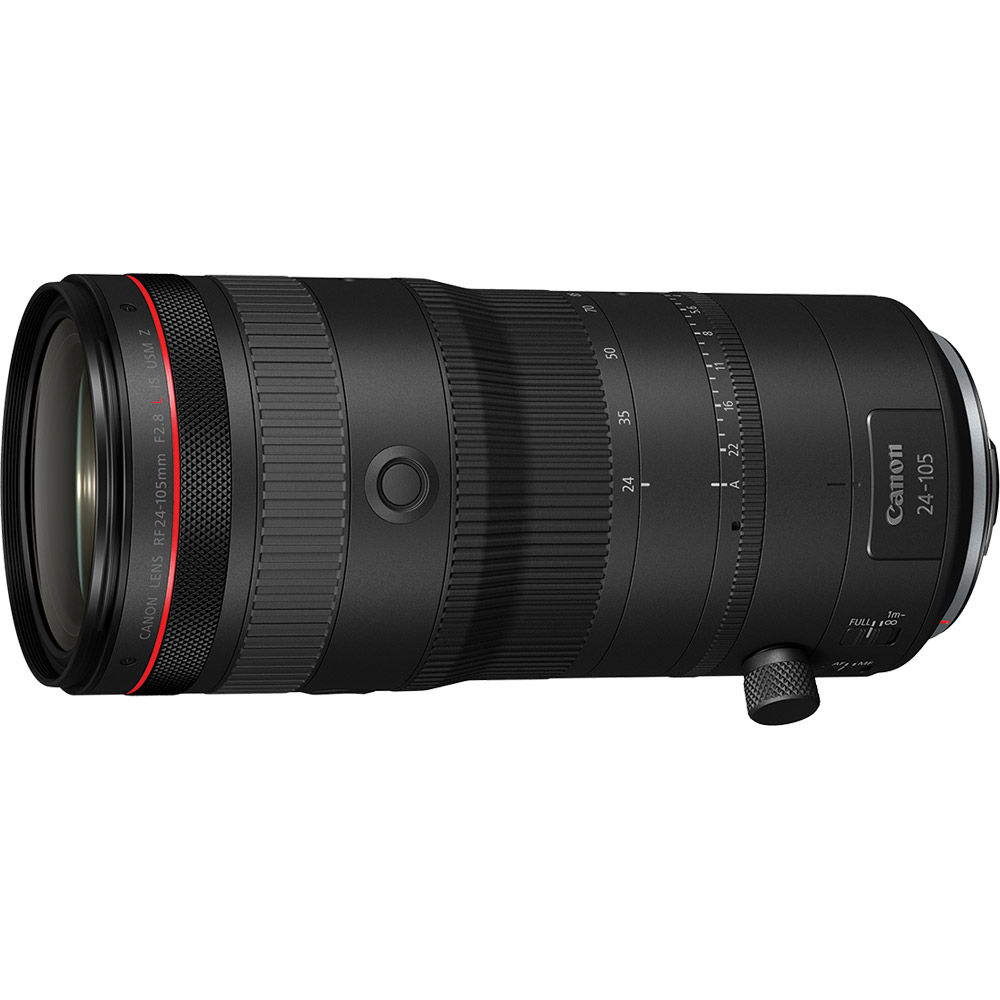
Educating Yourself About Lens Care
Resources for Learning
As a photographer, investing in your knowledge about lens care and maintenance is as important as investing in your gear. Explore online tutorials, photography forums, and instructional videos from reputable sources. Several professional photographers share their experiences and best practices for lens maintenance, providing valuable insights that can enhance your skills. Platforms like YouTube and photography websites often have dedicated sections on gear care, including detailed guides and product reviews.
Engaging with the Photography Community
Joining photography clubs or online communities offers opportunities to learn from others while sharing experiences. Networking with fellow photographers allows you to gain practical tips that may not be covered in formal resources. Consider attending workshops where you can get hands-on experience with gear maintenance and care. By educating yourself and engaging with a community of like-minded enthusiasts, you foster growth in your photography journey and establish best practices that will serve you well for years to come.
Elevating Your Photography Experience
Properly caring for and maintaining your Canon lenses is essential for achieving the best results in your photography journey. By understanding the components of your lens, implementing effective cleaning techniques, and ensuring proper storage, you can significantly extend the lifespan and performance of your equipment. Regularly inspecting your gear and protecting your lenses during use adds layers of security that enhance your experience behind the camera.
Investing time and effort into lens maintenance not only preserves the quality of your photographs but also protects your investment in the long run. As you continue to explore the art of photography, develop habits that support the longevity of your gear. By following the tips outlined in this guide, you’ll be well-equipped to maintain your Canon lenses and enjoy years of stunning photography. Embrace the process of caring for your equipment, and let it inspire your creativity every time you capture a moment.
